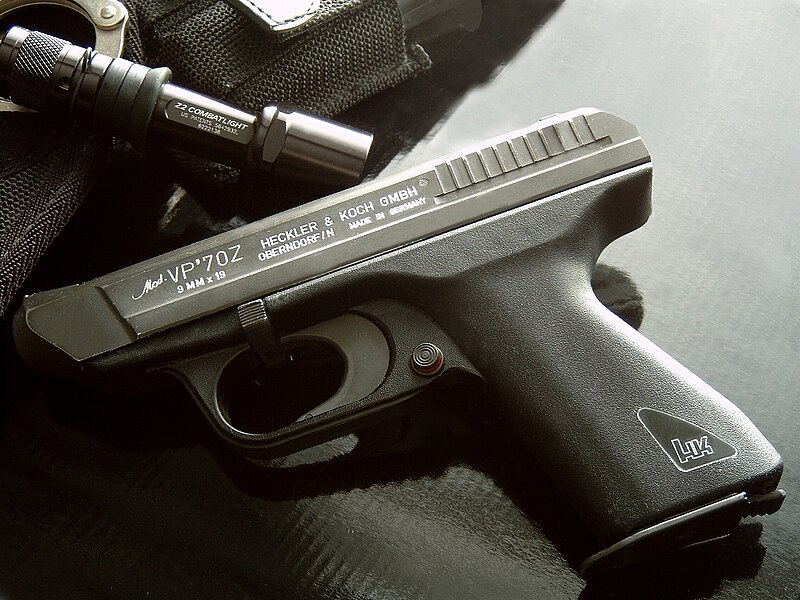
There’s never been a better time to be a gun owner as far as the industry is concerned. Right now — and more than ever before — we have a ton of awesome options in the world of firearms. It’s a gold age of accurate, effective, and affordable guns in every price range and for every use case.
This massive market of firearms is built on centuries of gun designs that both succeeded and failed. Today, we’re going to look at the failures, firearms of all types that no doubt were great ideas on the drawing board, but failed in the execution phase before they ever got into users’ hands.
Rossignol ENT
While it’s always entertaining to jest about French mil-surps being dropped once and never fired, they actually had some groundbreaking concepts in some of their rifles. Let’s jump in the Wayback Machine and set the dial to 1896 when the French introduced one of the earliest automatic rifles, the Rossignol ENT. This innovative firearm, first manufactured in 1900, was a game-changer. It featured a detachable magazine, select-fire capability, and fired a 6x60mm cartridge, making it a standout in its time.
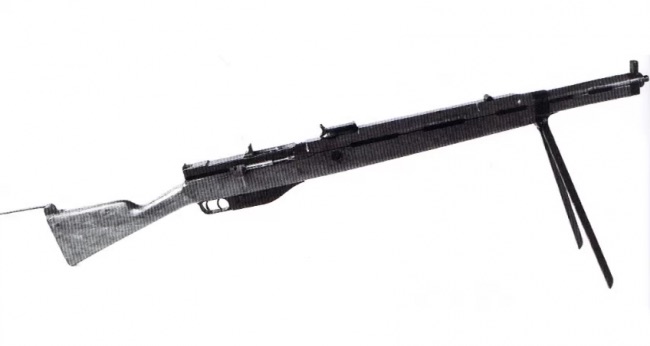
Being a select-fire rifle in 1900 was impressive enough, but this wasn’t just a simple blowback design. Instead, it was a direct-impingement gun. The DI system is famous now for its use in the AR-15 rifle platform, but it all started with the locked-breech Rossignol ENT. The rifle was seemingly intended to be a support rifle and was fitted with a bipod and shoulder rest.
Why didn’t it succeed? Well, it was apparently just too soon for such guns to exist. There doesn’t seem to be much information about the weapon’s testing and reliability. However, its complicated design meant it was expensive and difficult to produce.
Asking an Army to adopt a weapon with those features is always a tough sell. In the immortal words of Marty McFly, “I guess you guys aren’t ready for that yet. But your kids are gonna love it.”
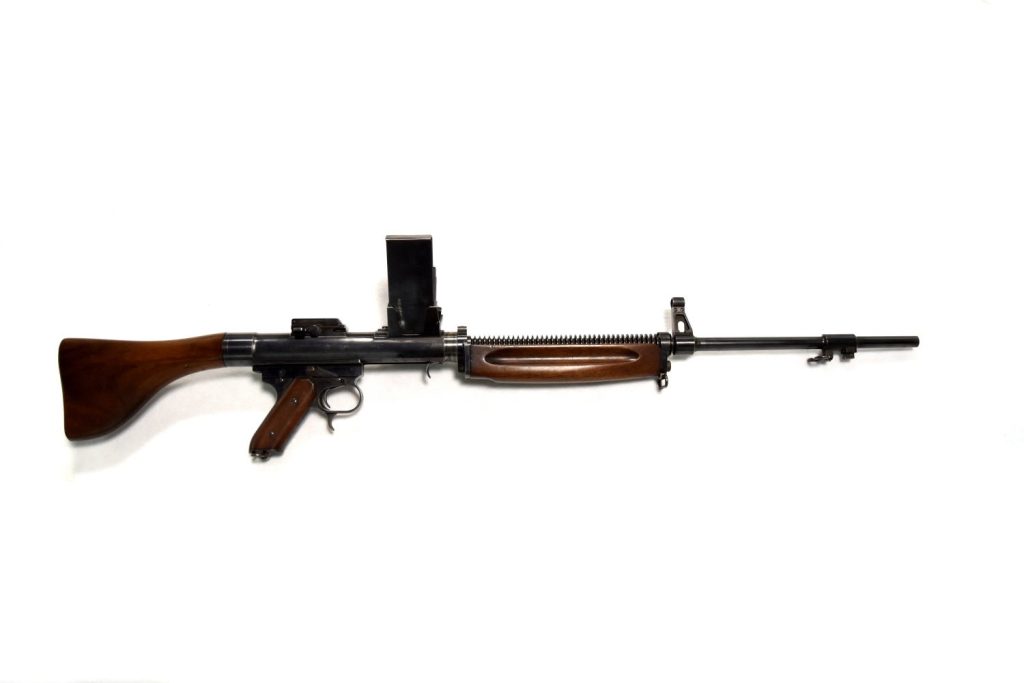
Burton Model 1917 Machine Rifle
The Burton Model 1917 is an odd-looking duck that was truly ahead of its time. Frank Burton, who worked for Winchester, designed the rifle during World War 1 as an open-bolt, blowback-operated automatic rifle. It chambered the .345 Winchester self-loading cartridge and fed from two vertical magazines. The mags didn’t feed the gun simultaneously. One would only be initially inserted until the first magazine ran dry, then could be tapped for use.
The Burton Model 1917 was designed for aircraft-to-aircraft use in dogfights. Pilots at the time were duking it out with all sorts of weird guns. This offered a small, portable, light-recoiling, fast-loading option to shoot down enemy planes. It’s also arguably the first assault rifle. It’s automatic, feeds from a box magazine, and fires an intermediate cartridge. It checks the boxes that the STG 44 would tick off decades later.
The Burton Model 1917 had two problems, though. First, synchronized machine guns became a plane’s main weapon. Second, none of the old infantry generals wanted what they considered a low-powered rifle for their troops. The Burton Model 1917 was also expensive and difficult to produce, and it faced some of the same reliability challenges as other automatic weapons of the era. That includes stiff recoil due to the Burton’s direct blowback design. (Can I use the same Marty McFly quote again here?)
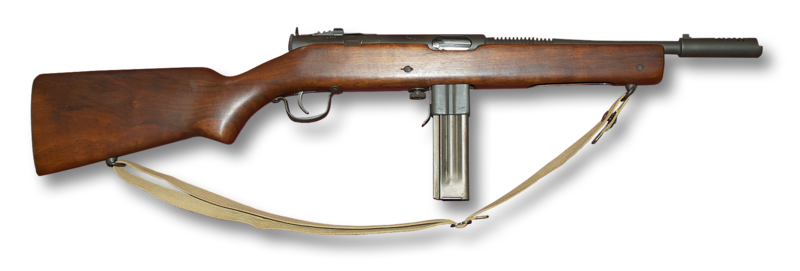
The Reising M50 SMG
When people joke about the Marine Corps being the red-headed stepchild of the United States military, it’s because of guns like the M50 Reising. While the Army was fielding M1 Garands and Thompsons, Marines were using M1903s and M50 Reisings to push the Japanese back.
The M50 and M55 Reising were .45 ACP submachine guns fielded to the Marines, Navy, and Coast Guard. They offered cheaper alternatives to the Thompson that was faster to produce and lighter than the old General’s gun.
On paper, the Reising M50 and M55 appeared to be the best guns of the war. They were innovative and even used a closed bolt system, which increased reliability, accuracy, and safety. They had delayed blowback instead of direct blowback and, as mentioned, were lighter and cheaper than the Thompson. The M50 and M55 were also more accurate and tended to be more controllable.
Why isn’t the Reising remembered today? Well, they had some serious reliability issues and weren’t really made to be military firearms. Sand, salt water, and combat conditions tended to wreck the guns. Marines attempting to clean them had difficulty taking them down and putting them back together. Additionally, parts were often hand-fitted, and couldn’t be easily replaced when something broke.
Marines finally got smart and replaced them with Thompsons, M1 Carbines, and later M3 grease guns.
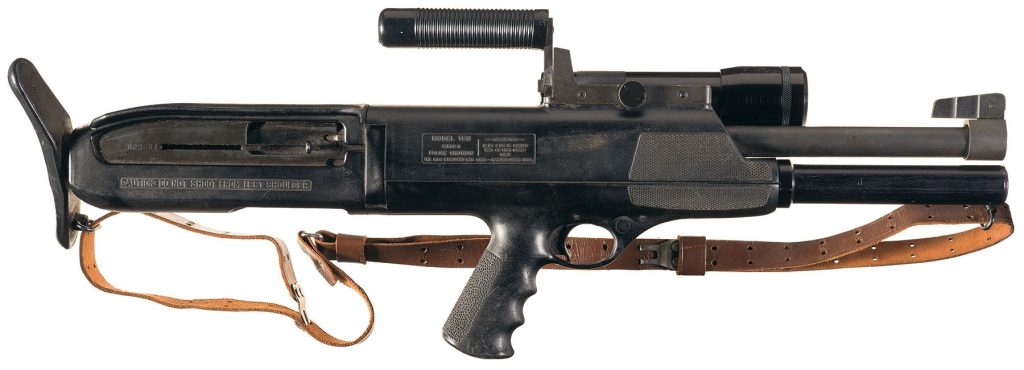
The High Standard Model 10
Police Sergeant Alfred Crouch intended to design the best police entry weapon money could buy. He started with a Remington semi-automatic shotgun and created a bullpup via some chopping and converting. High Standard was impressed, purchased the design, and began producing High Standard Model 10 shotguns from their C1200 Supermatic guns. Models 10A and 10B were semi-auto, gas-operated bullpup shotguns intended for law enforcement use.
The gun came out in 1967 and bullpups were a radical design for the time. They were nowhere near as common as they are today. Guns like the AUG and the TAVOR hadn’t made their premiers.
High Standard squeezed a fighting shotgun into a compact 26-inch-long platform. Not only that, but they utilized right and left-side charging handles, an integrated weapon light, and a folding front sight. The gun was clearly ahead of its time. Bullpups work great for close-quarters use, as do lots of shotguns. It was a match made in heaven.
Except…the gun wasn’t very reliable. It demanded high brass magnum loads and even then, it was finicky. Not to mention, there was no way to buffer the recoil. Firing the Model 10 hit the user hard with a lot of force and very little to absorb it. Some of the design choices like the swiveling butt pad were questionable as well.
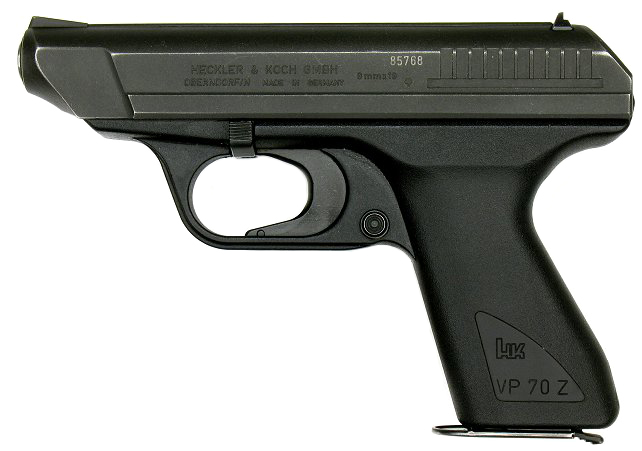
HK VP70
The Heckler & Koch VP70 series of pistols looked like they stepped right out of the space age when they first appeared in the early 1970s. These polymer frame pistols held 18 rounds. The special versions were machine pistols that could fit a short stockand had a three-round burst mechanism. The VP70 series were direct blowback semi-auto pistols with a double action only design. They premiered in 1970 and were well ahead of their time.
GLOCK gets credit as the first successful polymer frame, striker-fired pistol, but the VP70 was actually first. The 18-round magazine was also ahead of its time, although it had a double-feed design rather than single-feed. The machine pistol’s three-shot function fired at a crazy rate. It could reach 2,200 rounds per minute.
Why isn’t the HK VP70 the choice of law enforcement and military forces everywhere today? Well, the gun kinda sucked. The blowback action meant more recoil, the trigger was heavy, and the deep-cut rifling reduced the velocity of a 9×19 round to something more like 9mm Makarov. It just failed all the way around.
Good Ideas Are Hard to Pull Off
Sometimes gun designs come along that are revolutionary and completely change the industry. But that’s rare. There’s a reason why firearms technology tends to move slowly, often in a building block manner. Sometimes, the world just isn’t ready for a truly good idea, and I don’t just mean an open mindset. Sometimes, the level of technology just isn’t there yet.
Can you else think of other good ballistic ideas that fell to poor execution?


Kind of hard to believe the HK didn’t take off in the early 1070s. If the Saxons had equipped their armies with the firearm William the Conqueror would have gone down in history as Bill the Mincemeat. Perhaps the fact that everyone had to wait 900 years for 9×19 to be invented meant that ammunition was somewhat scarce.